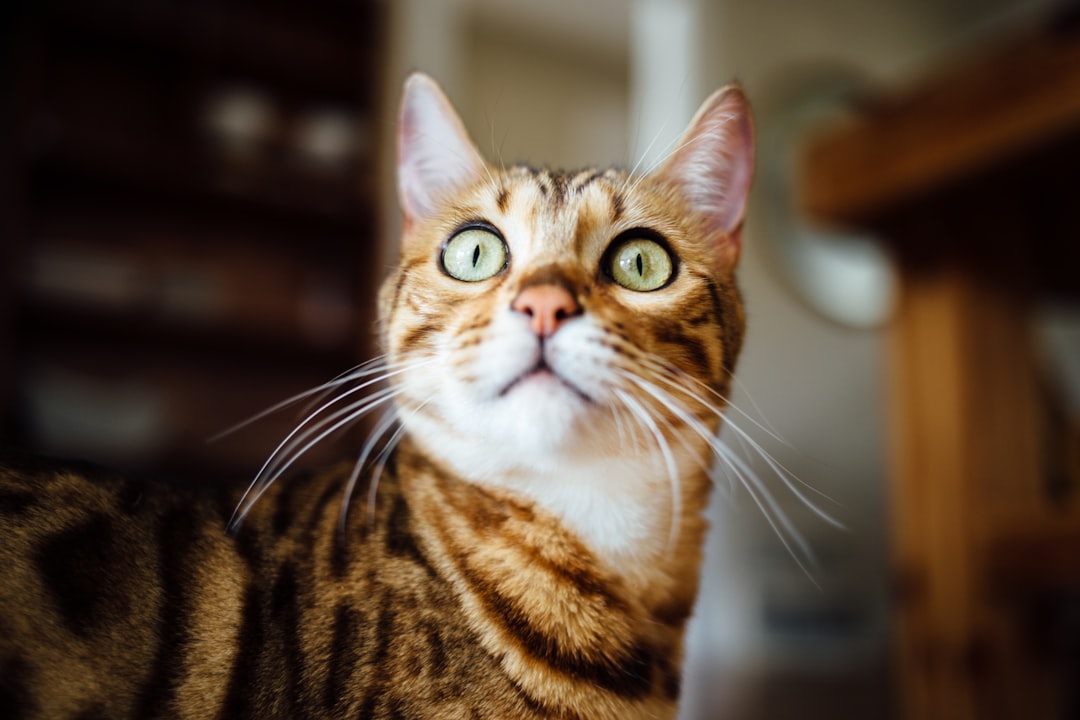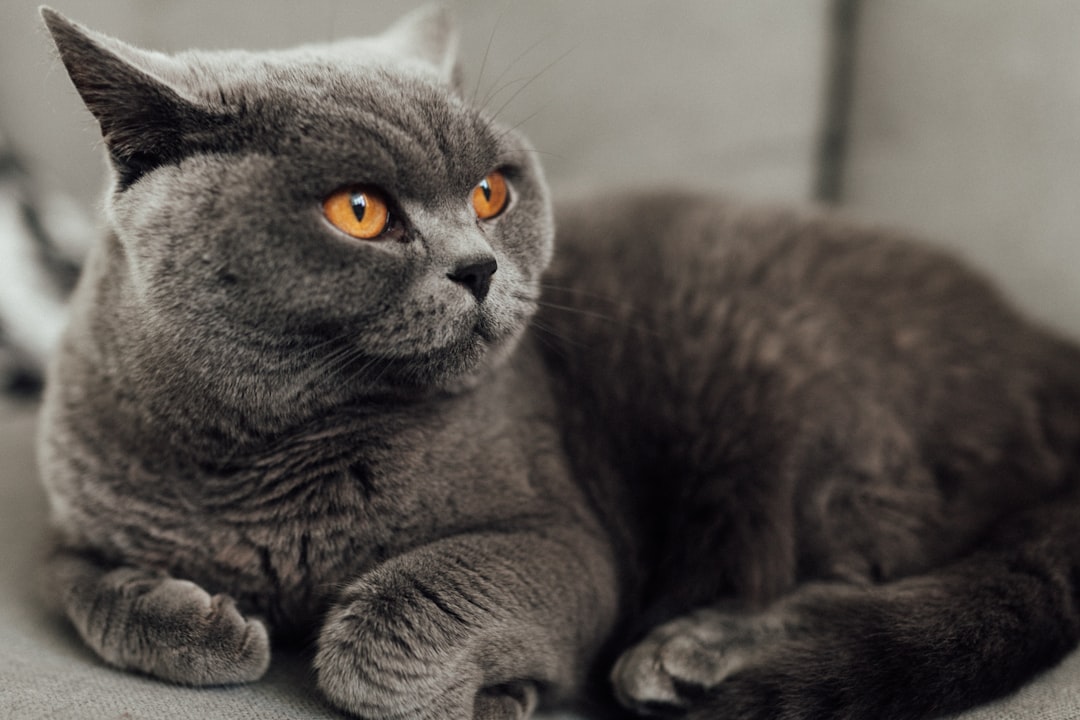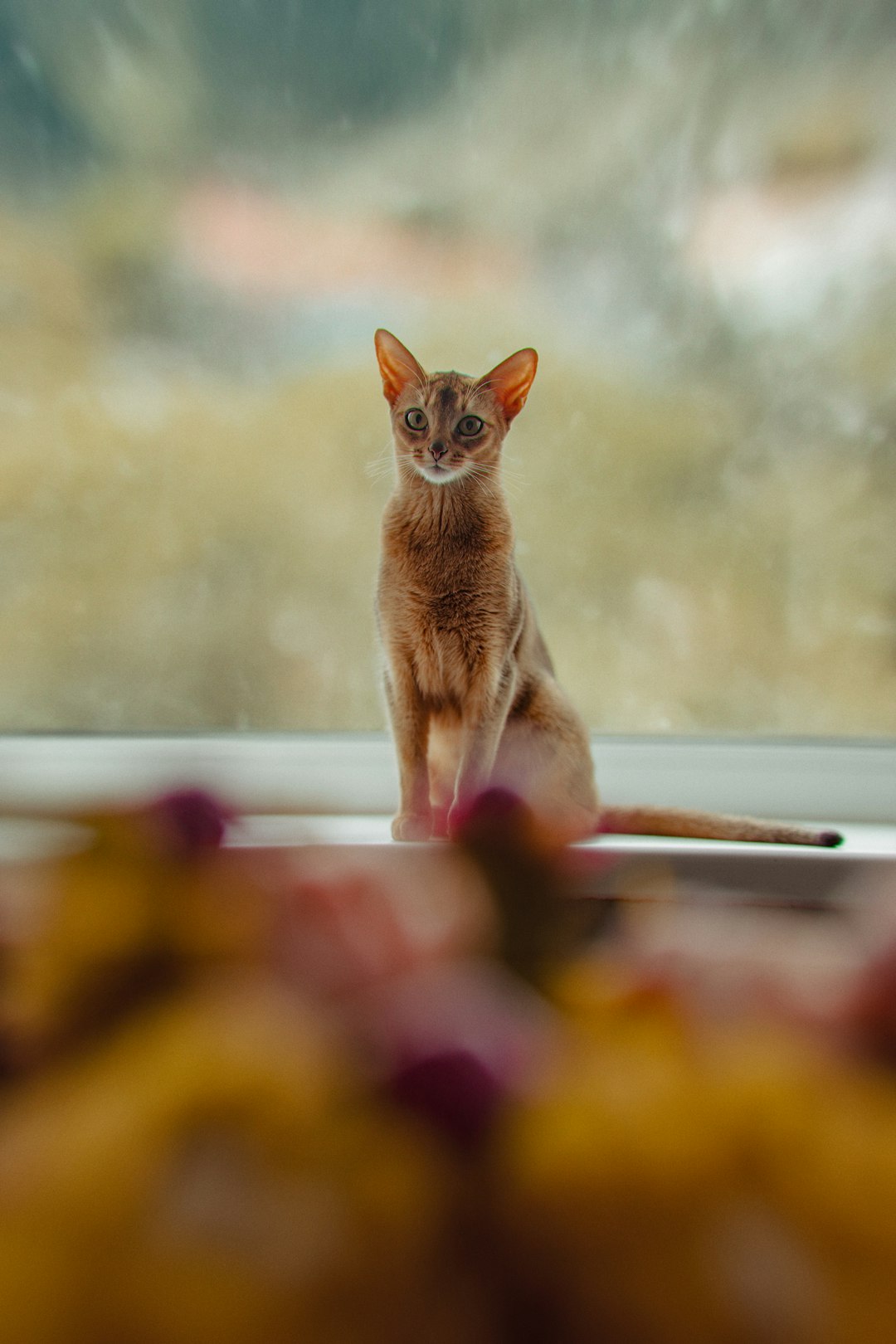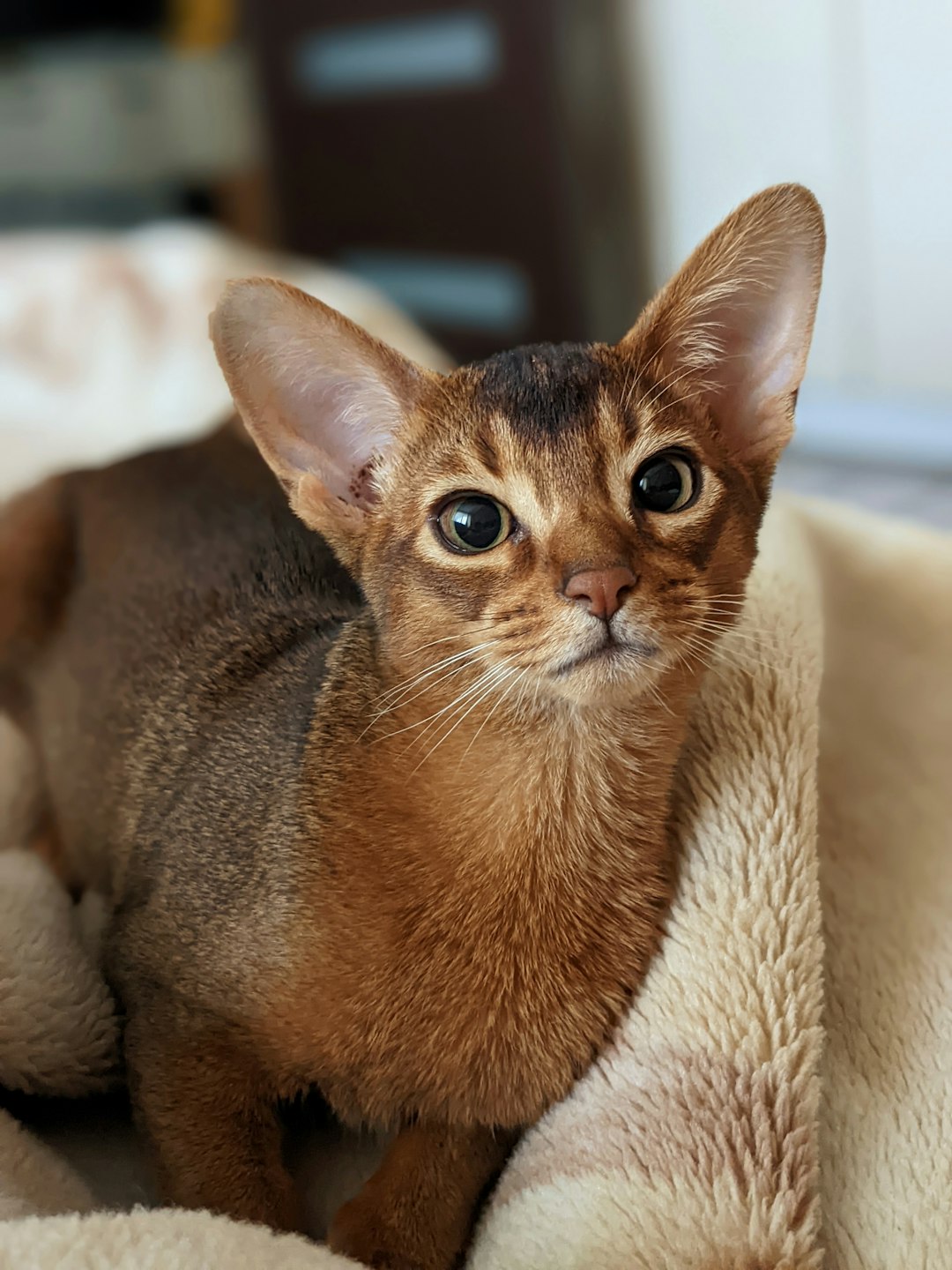The enchanting world of the white tabby cat captivates many feline enthusiasts. Renowned for their unique coat patterns and gentle demeanor, these cats display a beautiful blend of traits that set them apart. Understanding the distinctive characteristics of a white tabby cat not only highlights their visual appeal but also unveils the genetic mysteries behind their striking appearance. As we delve deeper into their patterns, traits, and care requirements, you’ll gain a greater appreciation for why these cats have captured the hearts of pet lovers everywhere.
Introduction to White Tabby Cats
The white tabby cat stands out due to its unique and captivating appearance. With their striking coat patterns, these felines charm many cat enthusiasts around the world. Here are some noteworthy aspects of the white tabby cat:
- Color and Pattern: The white tabby cat boasts a predominantly white coat with enhanced tabby markings. These can vary from classic swirls to mackerel stripes, offering a beautiful contrast against their light base fur.
- Breeds: Various breeds can showcase the white tabby phenotype, including the Domestic Shorthair and Maine Coon. Both breeds exhibit distinct tabby traits while maintaining the striking white appearance.
| Breed | Coat Texture | Size | Lifespan |
|---|---|---|---|
| Domestic Shorthair | Short | Medium | 12-15 years |
| Maine Coon | Long | Large | 12-15 years |
- Genetic Influences: Genetics play a crucial role in determining the presence of the white tabby coat. Understanding these genetic factors can shed light on the variety within white tabby cats.
In summary, the white tabby cat offers beauty and intrigue, captivating cat lovers with its distinct features and delightful temperament.

Distinctive Patterns of the White Tabby Coat
The white tabby cat boasts a stunning and unique coat pattern that captivates many feline enthusiasts. Unlike traditional tabby cats, the white tabby exhibits a blend of its underlying white fur with distinct tabby markings. Here are the key features of their patterns:
- Mackerel Pattern: Resembling a fishbone, this pattern showcases narrow, parallel stripes running down the spine.
- Classic Pattern: Characterized by swirling patterns along the sides, creating a mesmerizing marbled effect.
- Spotted Pattern: Features bold, irregular spots scattered across the body, reminiscent of a leopard’s coat.
- Ticked Pattern: This unique appearance involves each hair having light and dark bands, presenting a salt-and-pepper look.
| Pattern Type | Description | Example Visual |
|---|---|---|
| Mackerel | Narrow stripes | ![Mackerel Example] |
| Classic | Swirling design | ![Classic Example] |
| Spotted | Random spots | ![Spotted Example] |
| Ticked | Banding along hairs | ![Ticked Example] |
Understanding these patterns helps potential owners recognize the beauty and individuality of each white tabby cat. The combination of their stunning coloration and distinctive patterns makes them truly remarkable companions.
Genetic Factors Behind White Tabby Coloring
Understanding the genetic makeup of a white tabby cat reveals intriguing insights into their unique appearance. Here are some key points to consider:
Piebald Gene: The presence of the piebald gene (S) causes the white patches in a white tabby cat’s coat. This gene reduces pigmentation, creating the white fur contrast with tabby markings.
Tabby Pattern Genes: The tabby patterns arise due to the agouti gene (A). Different combinations of these genes produce various tabby patterns such as mackerel, classic, spotted, or ticked.
Color Inheritance: White coloration can mask other coat colors. For instance, a white tabby cat may technically carry orange or gray genes but presents predominantly as white due to the genetic influence of the piebald gene.
| Gene Type | Effect |
|---|---|
| Piebald (S) | Causes white patches |
| Agouti (A) | Determines tabby striping |
Ultimately, the genetic factors contributing to a white tabby cat’s striking appearance showcase a fascinating interplay between various genes, resulting in their distinct beauty. Understanding these genetics can help cat owners appreciate the unique attributes of their furry companions even more.
Common Traits of White Tabby Cats
White tabby cats are not only visually striking, but they also possess a variety of charming traits that make them beloved companions. Here are some common characteristics associated with the white tabby cat:
Affectionate Nature: White tabby cats often display a warm and loving demeanor. They tend to bond closely with their humans and enjoy being petted and cuddled.
Playfulness: Known for their playful spirit, white tabbies frequently engage in entertaining antics. They enjoy interactive toys and games that stimulate their instincts.
Intelligence: White tabby cats are typically clever and resourceful. They can learn tricks quickly and often figure out how to manipulate their environment.
Vocalization: Many white tabby cats are quite vocal. They communicate their needs and desires through a variety of sounds, making them engaging pets.
Adaptability: White tabby cats adapt well to different living situations. Whether in a busy household or a quieter home, they can thrive just about anywhere.
These unique traits undoubtedly contribute to the growing fascination and popularity of the white tabby cat among cat enthusiasts.

Personality and Temperament of White Tabbies
The personality of a white tabby cat often reflects a blend of playfulness and affection, making them delightful companions. Here are some key traits commonly associated with white tabby cats:
Affectionate Nature: White tabbies are known for their loving demeanor. They enjoy human interaction and often seek attention through gentle purring and headbutting.
Playfulness: These cats maintain a playful spirit throughout their lives. Regular playtime is essential to keep them stimulated and engaged.
Curiosity: White tabby cats exhibit a strong sense of curiosity, exploring their surroundings with enthusiasm. This trait can lead to charming antics as they investigate new stimuli.
Intelligence: Their keen intelligence allows white tabbies to learn tricks and commands easily, making training both enjoyable and rewarding.
Compared to other breeds, white tabby cats often possess a more sociable temperament, quickly adapting to different environments and family dynamics. Understanding these characteristics can enhance the bond between you and your furry friend, ensuring a fulfilling companionship.
Health Considerations for White Tabby Cats
Caring for a white tabby cat involves understanding their specific health needs to ensure a long, happy life. Here are some key health considerations:
Genetic Predispositions:
- White tabby cats may be genetically predisposed to certain conditions such as:
- Hearing issues: Particularly in white cats, the risk of deafness increases. Regular auditory screening is essential.
- Skin sensitivities: Their lighter coats can lead to increased sunburn risk, especially if they have less fur on their ears.
- White tabby cats may be genetically predisposed to certain conditions such as:
Regular Vet Check-ups:
- Annual examinations help detect:
- Dental problems
- Obesity risks
- Heart conditions common in some breeds
- Annual examinations help detect:
Diet and Nutrition:
- A balanced diet supports:
- Healthy coat maintenance
- Optimal weight management
- Prevention of diabetes and other illnesses
- A balanced diet supports:
Exercise Needs:
- Ensure adequate playtime to prevent obesity:
- Interactive toys
- Regular play sessions
- Ensure adequate playtime to prevent obesity:
By understanding these health considerations, white tabby cat owners can take proactive steps to maintain their furry companion’s health and well-being.
Care Tips for White Tabby Owners
Caring for a white tabby cat requires attention to their unique needs. Here are essential tips to ensure your feline friend stays healthy and happy:
Regular Grooming: The white tabby coat can show dirt and matting easily. Brush your cat at least twice a week to keep their fur clean and free of tangles.
Balanced Diet: Provide high-quality cat food rich in nutrients tailored to your cat’s age and health status. This helps maintain their energy and a healthy coat.
Scheduled Vet Visits: Regular check-ups with your veterinarian are crucial. Vaccination, parasite prevention, and dental care are key to keeping your white tabby cat healthy.
Interactive Playtime: Engage your cat in regular play to stimulate their mind and satisfy their hunting instincts. Use toys that encourage physical activity and bonding.
Comfortable Environment: Ensure your home has cozy spots for relaxation. Cats love to perch high, so consider providing cat trees or shelves.
By following these tips, you’ll enhance the quality of life for your beloved white tabby cat and strengthen your bond.

The Fascination and Popularity of White Tabby Cats
The white tabby cat captivates many pet lovers with its unique appearance and endearing qualities. Here’s what makes these felines so popular:
Striking Appearance: The contrast of a white coat adorned with tabby stripes makes the white tabby cat stand out. Their distinct patterns can draw attention and admiration.
Variety in Patterns: White tabbies can feature various patterns, such as:
- Mackerel: Thin, parallel stripes running down the sides.
- Classic: Swirling patterns akin to a marble effect.
- Spotted: Random spots resembling a leopard’s coat.
Friendly and Affectionate: White tabby cats tend to have friendly personalities, making them great companions. They often enjoy social interactions with both humans and other pets.
Easy to Care for: Their generally adaptable nature and loving temperament make the white tabby cat a favorite choice for families and individuals alike.
In summary, the unique aesthetics and amiable disposition of the white tabby cat continue to charm a broad range of cat enthusiasts, securing their position as one of the most beloved breeds.
Frequently Asked Questions
What are the distinct physical characteristics of a White Tabby Cat?
White Tabby Cats are characterized by their striking white fur adorned with unique tabby patterns. These patterns can include swirls, spots, and stripes that may be faint or more pronounced against the white background. Their eyes can be green, blue, or amber, adding to their captivating appearance. Often, they have a medium-sized build with a round face and large, expressive ears that further enhance their charming look.
Are White Tabby Cats hypoallergenic?
While White Tabby Cats may appear to have a reduced shedding due to the color of their fur, they are not considered hypoallergenic. Instead, the level of allergens produced, such as proteins found in their skin, saliva, or urine, can vary from one cat to another. Individuals allergic to cats may still experience reactions to White Tabby Cats, so it’s advisable to spend time with a cat beforehand to gauge any sensitivity.
What is the temperament of White Tabby Cats like?
The temperament of White Tabby Cats can vary significantly between individual cats, but many exhibit friendly, affectionate, and playful behaviors. They are often known for their sociable nature and can be good companions for families and other pets. Regular interaction and socialization can help bring out their best traits, making them not only great pets but also an active part of their owners’ lives.
How should I care for a White Tabby Cat’s coat?
Caring for a White Tabby Cat’s coat involves regular brushing to remove loose hair and prevent matting. Their white fur can also attract dirt and may require more frequent baths to maintain its cleanliness and shine. Additionally, it’s important to monitor their skin for any irritations or issues, as white fur can make skin problems more noticeable. A balanced diet and routine veterinary check-ups are also essential to keeping their coat healthy.



